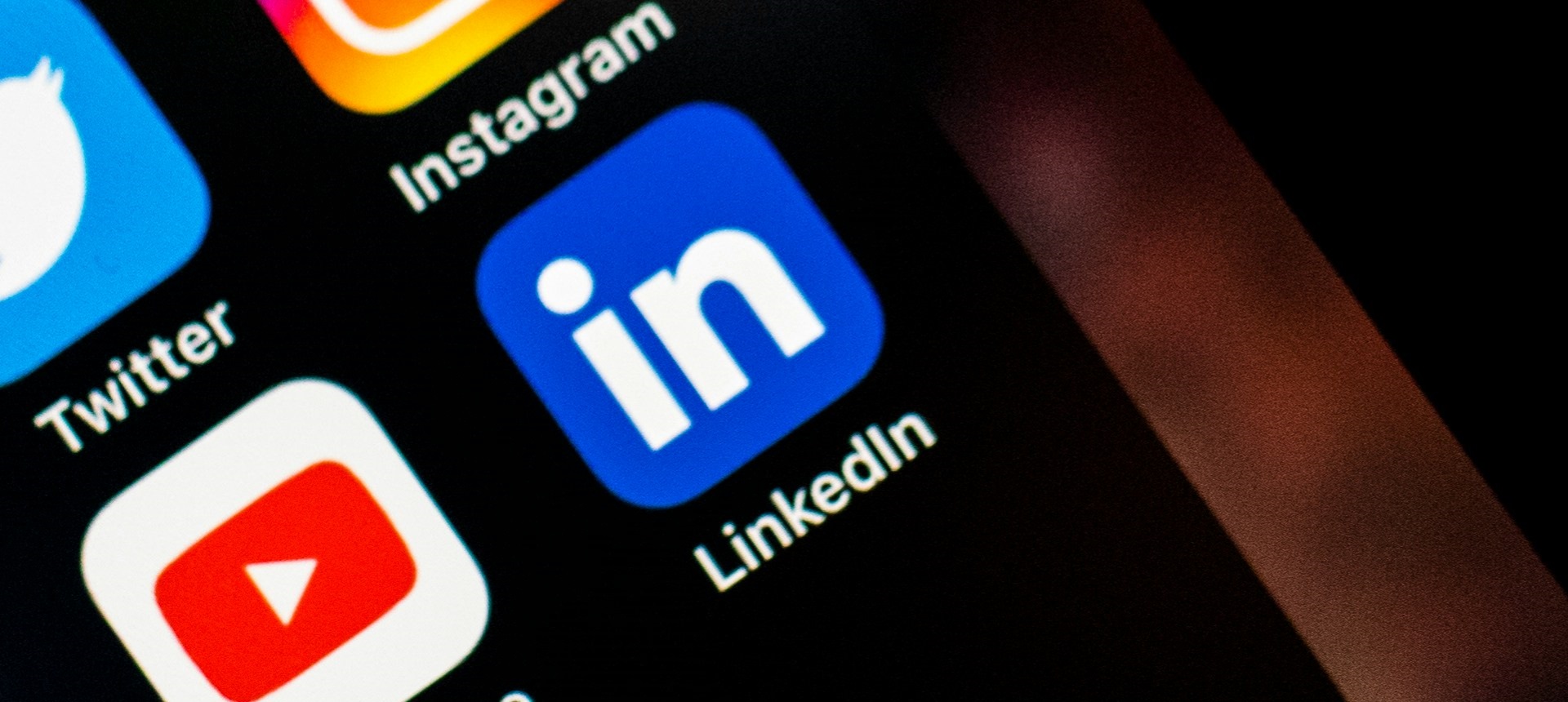Much has been made about trust in all things native advertising. Rightly so. If there is no trust between reader and producer of content, all the best efforts of that publishing brand fall down, as does the relationship an advertiser is trying to encourage with the reader.
With this in mind, authorities are cracking down on native advertising that isn’t disclosed as such, in the UK, in the US and elsewhere.
But this goes beyond what’s labelled on a page. Native advertising should be produced by dedicated native ad content creators.
One recent survey of 140 magazine media executives in 39 countries showed a worrying 68 per cent of publishers use editorial staff to create native advertising.
As we’ve made the case in our own research on brand journalism and our interview with the National Union of Journalists, this is unethical.
Divided loyalties
When a journalist is asked to create content for a brand it creates a tension. What if that same journalist has to write an objective piece involving that same company? What if she has to interview an executive – maybe the same head of marketing who commissioned the earlier native campaign?
When you hear about prime exponents such as BuzzFeed having X number of writers dedicated to native advertising creation, they mean this is in addition to other editorial staff. Some will have made the leap from one side of the fence to the other, as many have done at the New York Times’ T-Brand Studio and other well-known publishers. But they now clearly occupy different roles.
And while we talk about trust between publisher and reader, the definition of native advertising is also about the trust between publisher and client. As we’ve previously defined, native advertising isn’t about calling in external parties like us to create content apart from editorial teams. Such a practice usually goes by the name sponsored or branded content, and can be led by brands as much as publishers.
Instead native relies on close integration with a publisher’s in-house teams (design, distribution, SEO, social media and others) and familiarity with audience that outsiders won’t possess.
So any brands that are spending on native advertising need to ask the right questions. Those questions aren’t just about results and how native advertising is presented on a page (or in a graphic or video, for that matter). It’s about the process and related ethical considerations.
–
Follow us on Twitter – @ColContent
Download our exclusive research and report ‘PR’s acceptance of brand content uneven’








